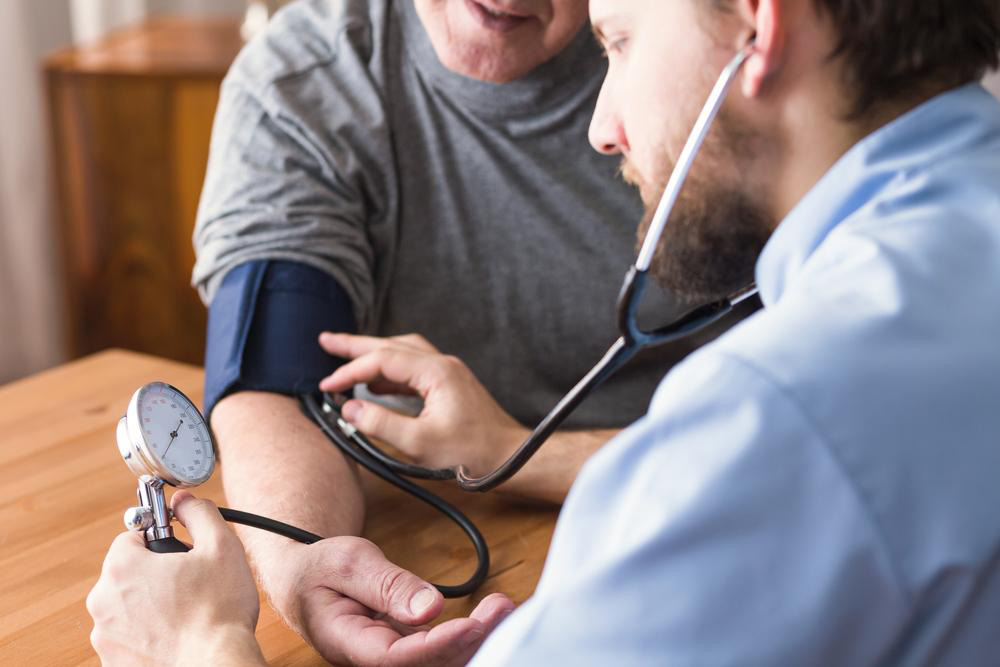Comprehensive Guide to Preventing and Managing Vasovagal Fainting
This comprehensive guide explores effective strategies to prevent and manage vasovagal fainting. By understanding triggers, early symptoms, and practical interventions like hydration, dietary adjustments, and medical options, individuals can significantly reduce their risk. The article emphasizes the importance of recognizing warning signs and adopting lifestyle changes to enhance safety and quality of life. It provides detailed advice on managing symptoms and preventing episodes, making it an essential resource for those prone to vasovagal syncope seeking a safer, healthier life.

Comprehensive Strategies for Preventing and Managing Vasovagal Syncope
Vasovagal syncope, commonly known as vasovagal fainting, is a prevalent condition characterized by sudden, temporary loss of consciousness caused by an abnormal reflex in the nervous system. This reflex leads to sudden dilation of blood vessels and a slowing of heart rate, resulting in decreased blood flow to the brain. While often harmless, vasovagal fainting can pose risks of injury and significantly affect quality of life if not properly managed. Understanding its causes, recognizing early warning signs, and implementing effective preventive strategies are crucial for individuals prone to these episodes.
Understanding Vasovagal Syncope: Causes and Triggers
Vasovagal syncope is triggered by various stimuli that can overstimulate the vagus nerve, which plays a vital role in regulating heart rate and blood vessel tone. Common triggers include emotional stress, pain, dehydration, long periods of standing, exposure to heat, or sudden sight of blood or injury. Activities that increase abdominal pressure—such as straining during bowel movements or lifting heavy objects—can also provoke episodes. Recognizing these triggers allows individuals to take proactive measures to prevent episodes from occurring.
Identifying the Symptoms and Early Warning Signs
Before fainting, most individuals experience prodromal symptoms that serve as warning signs. These include dizziness, lightheadedness, sweating, pallor, nausea, yawning, and a feeling of warmth or flushing. Some may notice a slow or irregular heartbeat. Recognizing these early symptoms provides a crucial opportunity to take preventive actions before losing consciousness. As the episode progresses, more severe symptoms such as loss of bladder control, muscle twitching, brief unconsciousness, or pupil dilation may occur. Notably, breathing usually remains unaffected during vasovagal episodes.
If you or someone nearby exhibits these signs, immediate medical attention is recommended to rule out other serious conditions.
Practical Steps to Alleviate and Prevent Vasovagal Fainting
Implementing specific techniques can help manage vasovagal episodes effectively and reduce their frequency. Here are some essential strategies:
Lie Down and Elevate Legs
During an episode, lie flat on your back and raise your legs above heart level to encourage blood flow to the brain. This position helps restore consciousness quickly. If lying down isn't possible, sitting and tilting your head between your knees can serve as an alternative until symptoms subside.
Maintain Proper Hydration
Dehydration is a significant factor in vasovagal episodes. Drinking at least two liters of water daily helps maintain optimal blood volume. Avoid caffeine and alcohol, which can dehydrate the body further. Monitoring urine color—aiming for light yellow—can serve as a simple indicator of hydration status. Adequate hydration supports stable blood pressure and reduces the likelihood of fainting.
Increase Salt Intake Under Medical Supervision
Adding an appropriate amount of salt to your diet can help expand blood plasma volume, aiding in maintaining blood pressure. Consult your healthcare provider before making dietary adjustments to ensure safety, particularly if you have other health conditions such as hypertension or kidney disease.
Avoid Known Triggers
Steer clear of activities or environments that could provoke symptoms. This includes avoiding hot environments, stressful situations, exposure to blood or sharp objects, and prolonged standing in crowded areas. Awareness of personal triggers is key to minimizing episodes.
Wear Compression Stockings
Compression stockings improve circulation in the legs and prevent blood pooling, especially during prolonged standing. This helps maintain stable blood pressure and reduces the risk of fainting episodes.
Practice Foot and Counter-Pressure Exercises
Simple exercises like leg crossing, tensing leg muscles, squeezing handgrips, or tensing the abdominal muscles can help maintain steady blood flow. These techniques are particularly useful in hot or crowded environments where standing for long periods is unavoidable.
Employ Biofeedback and Relaxation Techniques
Biofeedback involves using electronic monitoring to gain control over involuntary bodily functions such as blood pressure. Relaxation techniques like deep breathing, meditation, and progressive muscle relaxation can help manage stress and control blood pressure fluctuations that might trigger episodes.
Seek Medical Interventions When Necessary
In cases where vasovagal syncope is frequent, severe, or significantly impacting daily life, medical interventions such as the implantation of a pacemaker may be considered. A pacemaker helps regulate heart rhythm, especially if tests reveal bradycardia or irregular heartbeat patterns.
Moreover, regular health check-ups and collaborations with healthcare professionals enable tailored management plans, incorporating lifestyle changes, medications, or devices as needed. Ensuring a balanced diet rich in omega-3 fatty acids supports overall cardiovascular health and may reduce episodes.
In conclusion, vasovagal fainting can be effectively managed through awareness, lifestyle modifications, and medical interventions when necessary. Recognizing early warning signs and implementing preventive measures empower individuals to reduce episodes, improve safety, and enhance their overall well-being.





